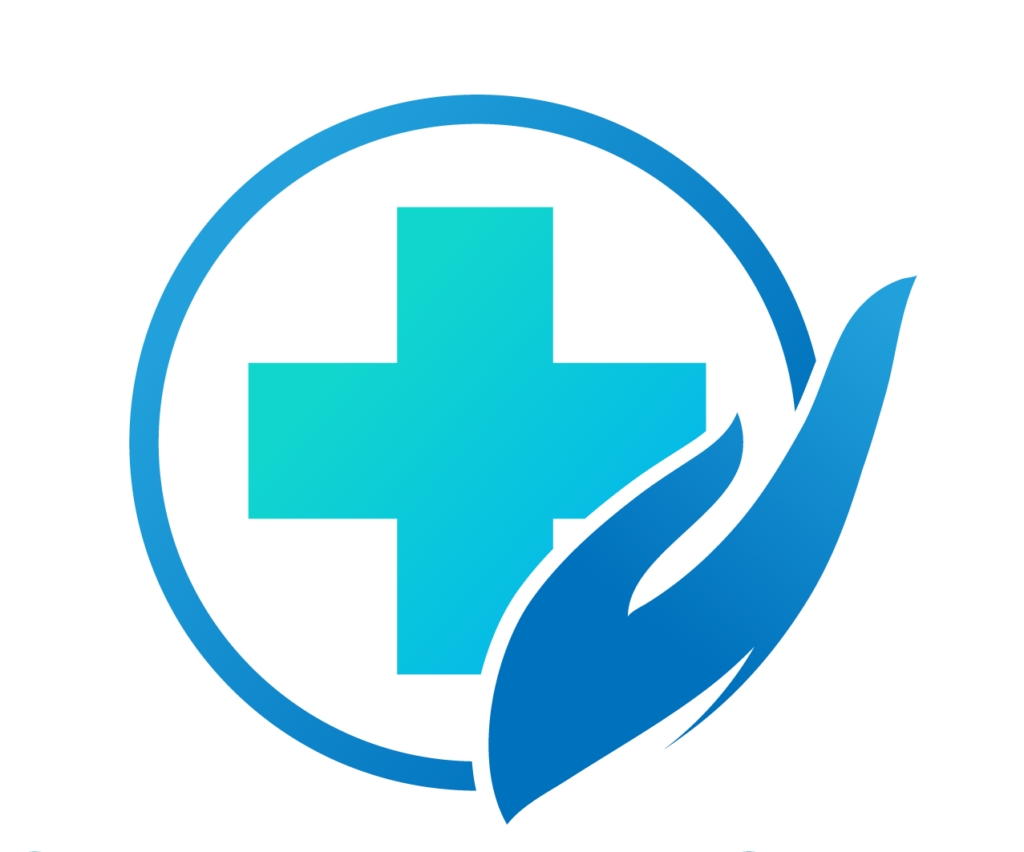Overview
Drug shortages have become a growing global concern, with recent events exposing significant vulnerabilities in pharmaceutical supply chains. A recent FDA report highlighted how Hurricane Helene’s damage to a North Carolina plant disrupted IV fluid production, creating ripple effects across U.S. hospitals. Similarly, the European Medicines Agency (EMA) reported shortages of essential medicines due to manufacturing and regulatory challenges, prompting the EU to foster greater collaboration among its member states.

Understanding the Root Causes of Drug Shortages
Several factors contribute to the recurring shortages of essential medicines:
Manufacturing Bottlenecks: Many manufacturers struggle to meet surging demand while maintaining stringent safety and efficacy standards. Production pressures often lead to quality issues, further exacerbating supply constraints.
Profit Pressures on Generics: Generic drugs, which account for 90% of prescriptions in the U.S., face intense pricing pressures due to buyer consolidation. As KPMG notes, this often pushes manufacturers to exit unprofitable markets, reducing the availability of critical drugs.
Lack of Real-Time Inventory Data: Without accurate, real-time visibility into stock levels, manufacturers and healthcare providers cannot effectively manage supply, leading to stockouts and overstocking.
Fragmented Communication: Poor coordination between manufacturers, distributors, and healthcare providers hampers the ability to respond swiftly to disruptions.
These events reveal a critical truth: the pharmaceutical industry’s reliance on fragile, fragmented supply chains is no longer sustainable. To ensure resilience, companies must embrace proactive strategies, technological innovations, and better communication.
Strategies for a Resilient Pharmaceutical Supply Chain
To address these challenges, pharmaceutical companies need to focus on two key pillars: visibility and collaboration.
Real-Time Inventory Tracking: Implementing systems that provide end-to-end visibility can help manufacturers monitor raw materials and adjust production schedules proactively. For instance, a manufacturer that detects a shortage of active ingredients can ramp up production before the situation becomes critical.
Predictive Analytics: Leveraging AI-driven predictive models allows companies to anticipate disruptions and plan contingencies. By analyzing historical data, market trends, and production capacity, companies can identify potential risks and secure alternative supply sources.
Enhanced Communication Channels: Strengthening collaboration across the supply chain—from raw material suppliers to healthcare providers—is essential. A transparent communication loop ensures that production aligns with actual demand, minimizing both shortages and waste.


The Role of AI in Transforming Pharma
AI has emerged as a game-changer in pharmaceutical R&D and supply chain management:
Accelerating Drug Development: Only 14% of drugs in clinical trials receive FDA approval, with average costs reaching $1 billion per drug. AI can streamline this process by identifying promising compounds and predicting disease patterns more efficiently than traditional methods.
Ensuring Compliance: Tools like the SAP Batch Release Hub for Life Sciences automate compliance checks, helping companies maintain regulatory standards across regions and reducing the risk of costly delays.
Cost Reduction and Error Minimization: AI-driven solutions not only cut research costs but also reduce human errors, making essential medications more accessible and affordable.
A Proactive Path Forward
While global drug shortages are a complex issue, building a resilient pharmaceutical supply chain is achievable through proactive strategies, technological innovation, and collaboration. Companies that invest in real-time data, predictive analytics, and stronger communication frameworks will be better equipped to navigate disruptions and ensure a steady supply of life-saving medications.
For business leaders and founders, the takeaway is clear: resilience is not a luxury—it’s a necessity. In an era of increasing uncertainty, how can your organization enhance its supply chain visibility and collaboration?




